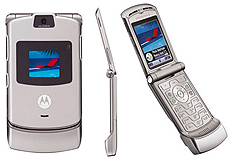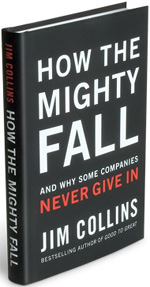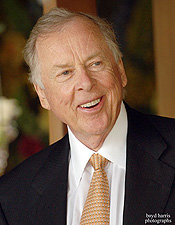 by Eric Markowitz –
by Eric Markowitz –
One of the world’s oldest publishing companies brought in a ringer to revolutionize the way the company does business. The result? The first fully-interactive textbook.
Nature Publishing Group, which publishes several highly regarded scientific journals and textbooks, was founded in England in 1869, eight years before electric lights illuminated the streets of London. Now, 140 years later, with the help of Harvard Classics scholar Vikram Savkar, the company is beginning to disrupt the traditional textbook model that it helped to create.
This month at California State University, the company released Principles of Biology, an interactive, constantly updating biology textbook that retails for less than $50. Like most digital textbooks, the software is accessible on laptops and tablets, but unlike most digital textbooks, it’s not just a scan of a .pdf. The company calls it a “digital reinvention of the textbook,” meaning that students can interact with the material; they can literally match amino acids and corresponding DNA with their fingers. Inc.com’s Eric Markowitz spoke with Vikram Savkar about what it takes to create a culture of innovation in an old-school company. [Read more…]


 by Josh Linkner –
by Josh Linkner – by Bruce Brown and Scott D. Anthony –
by Bruce Brown and Scott D. Anthony –
 by Heidi Grant Halvorson –
by Heidi Grant Halvorson –